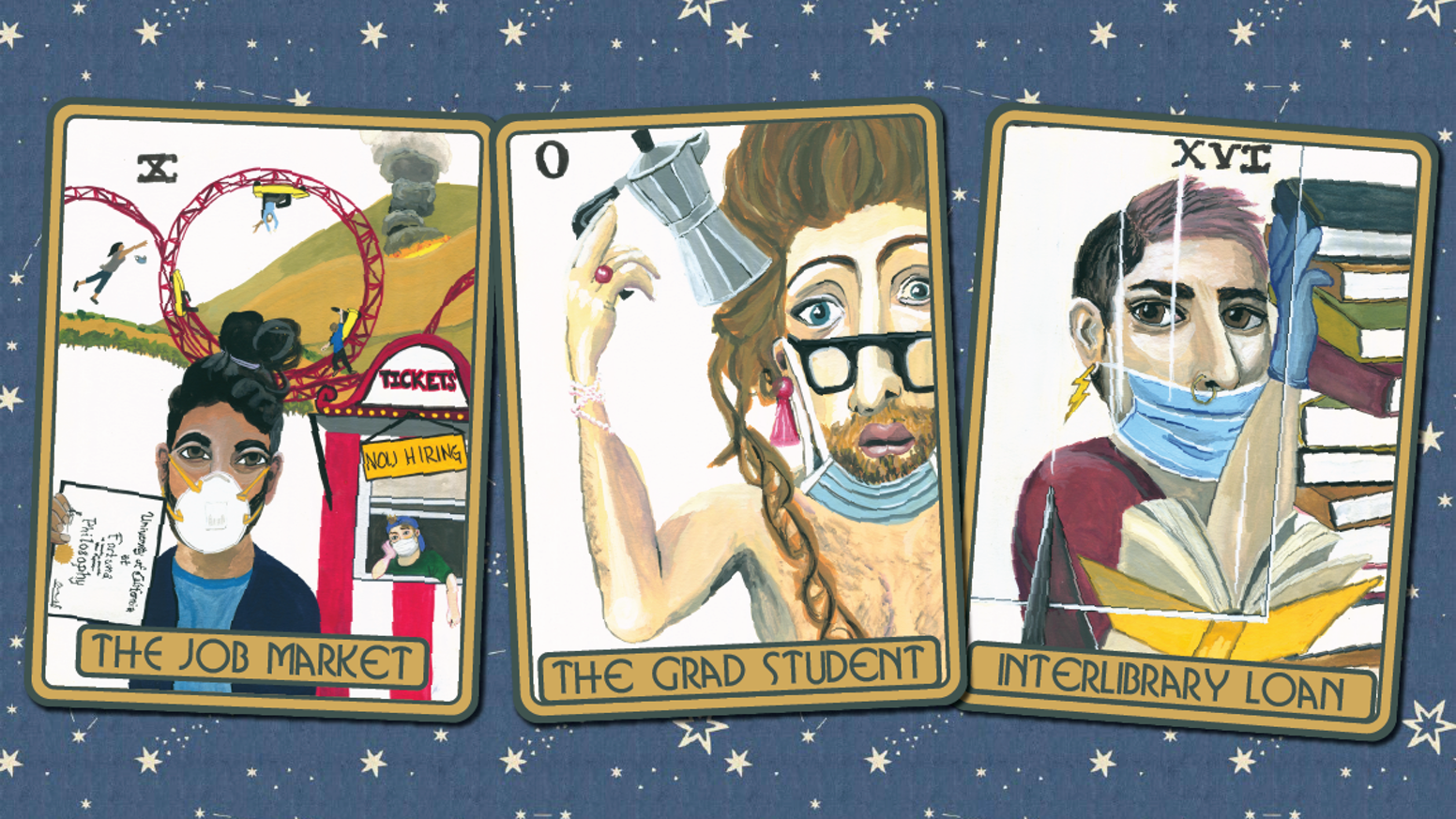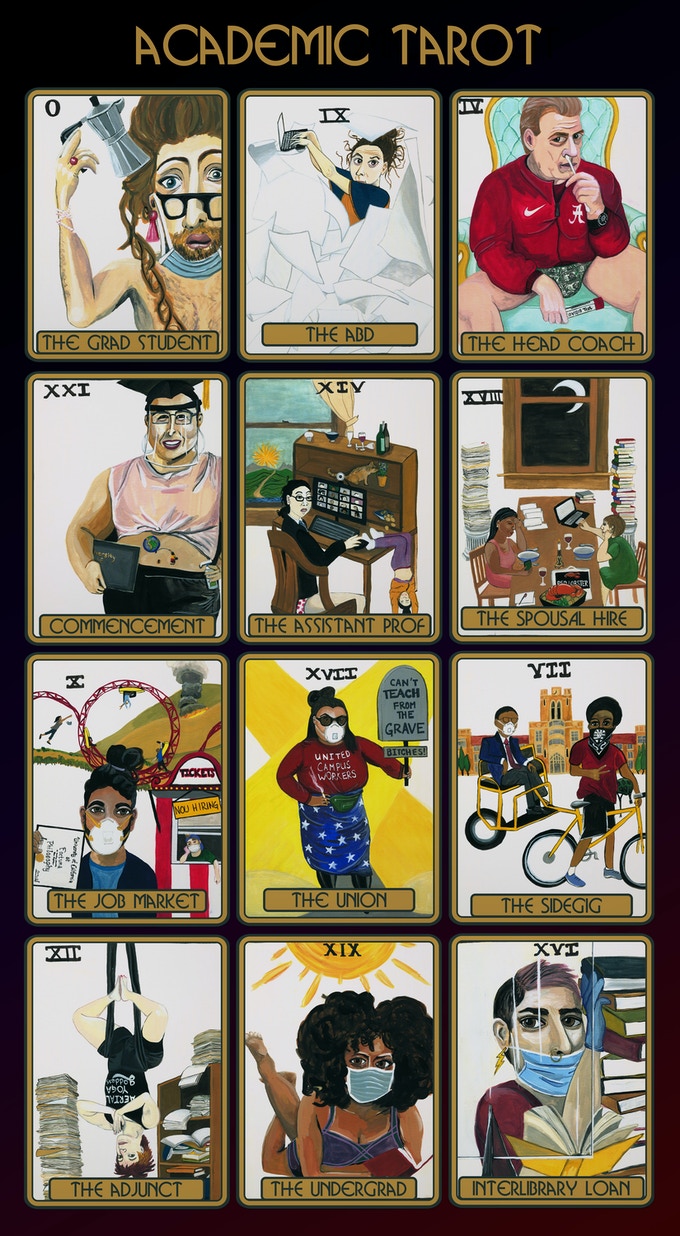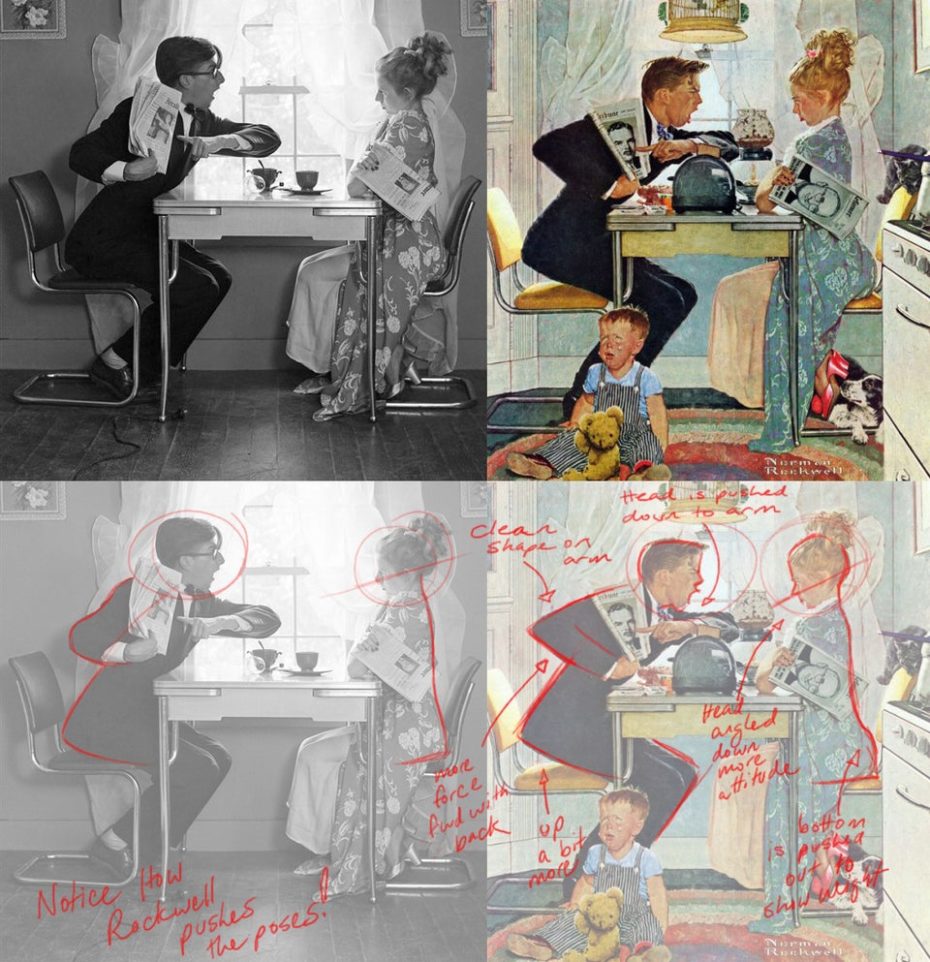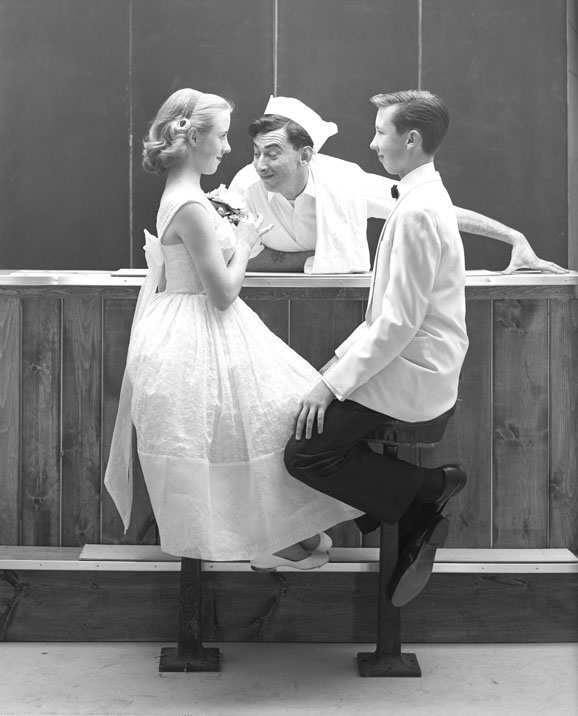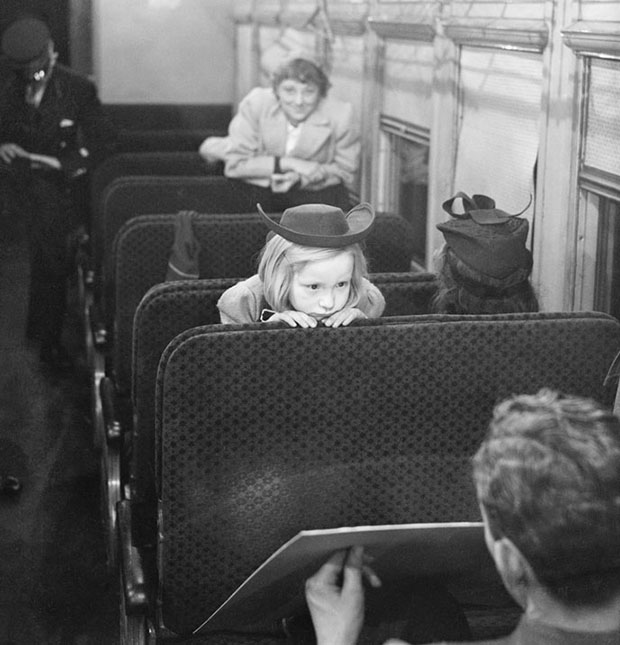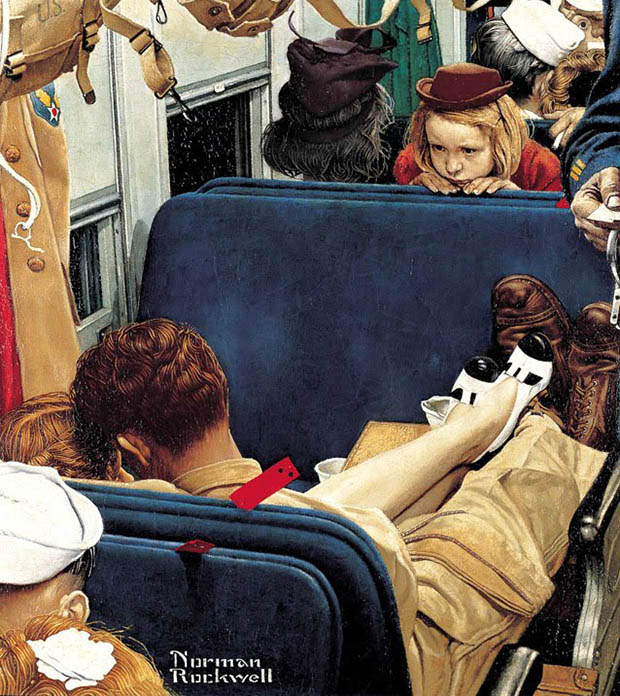We humans did a number on ourselves, as they say, when we invented agriculture, global trade routes, refrigeration, pasteurization, and so forth. Yes, we made it so that millions of people around the world could have abundant food. We’ve also created food that’s full of empty calories and lacking in essential nutrients. Fortunately, in places where healthy alternatives are plentiful, attitudes toward food have changed, and nutrition has become a paramount concern.
“As a society, we are comfortable with the idea that we feed our bodies,” says neuroscientist Lisa Mosconi. We research foods that cause inflammation and increase cancer risk, etc. But we are “much less aware,” says Mosconi—author of Brain Food: The Surprising Science of Eating for Cognitive Power—“that we’re feeding our brains too. Parts of the foods we eat will end up being the very fabric of our brains…. Put simply: Everything in the brain that isn’t made by the brain itself is ‘imported’ from the food we eat.”
We learn much more about the constituents of brain matter in the animated TED-Ed lesson above by Mia Nacamulli. Amino acids, fats, proteins, traces of micronutrients, and glucose—“the brain is, of course, more than the sum of its nutritional parts, but each component does have a distinct impact on functioning, development, mood, and energy.” Post-meal blahs or insomnia can be closely correlated with diet.
What should we be eating for brain health? Luckily, current research falls well in line with what nutritionists and doctors have been suggesting we eat for overall health. Anne Linge, registered dietitian and certified diabetes care and education specialist at the Nutrition Clinic at the University of Washington Medical Center-Roosevelt, recommends what researchers have dubbed the MIND diet, a combination of the Mediterranean diet and the DASH diet.
“The Mediterranean diet focuses on lots of vegetables, fruits, nuts and heart-healthy oils,” Linge says. “When we talk about the DASH diet, the purpose is to stop high blood pressure, so we’re looking at more servings of fruits and vegetables, more fiber and less saturated fat.” The combination of the two, reports Angela Cabotaje at the University of Washington Medicine blog Right as Rain, results in a diet high in folate, carotenoids, vitamin E, flavonoids and antioxidants. “All of these things seem to have potential benefits to the cognitive function,” says Linge, who breaks MIND foods down into the 10 categories below:
Leafy greens (6x per week)
Vegetables (1x per day)
Nuts (5x per week)
Berries (2x per week)
Beans (3x per week)
Whole grains (3x per day)
Fish (1x per week)
Poultry (2x per week)
Olive oil (regular use)
Red wine (1x per day)
As you’ll note, red meat, dairy, sweets, and fried foods aren’t included: researchers recommend we consume these much less often. Harvard’s Healthbeat blog further breaks down some of these categories and includes tea and coffee, a welcome addition for people who prefer caffeinated beverages to alcohol.
“You might think of the MIND diet as a list of best practices,” says Linge. “You don’t have to follow every guideline, but wow, if how you eat can prevent or delay cognitive decline, what a fabulous thing.” It is, indeed. For a scholarly overview of the effects of nutrition on the brain, read the 2015 study on the MIND diet here and another, 2010 study on the critical importance of “brain foods” here.
Related Content:
How to Live to Be 100 and Beyond: 9 Diet & Lifestyle Tips
Josh Jones is a writer and musician based in Durham, NC. Follow him at @jdmagness
